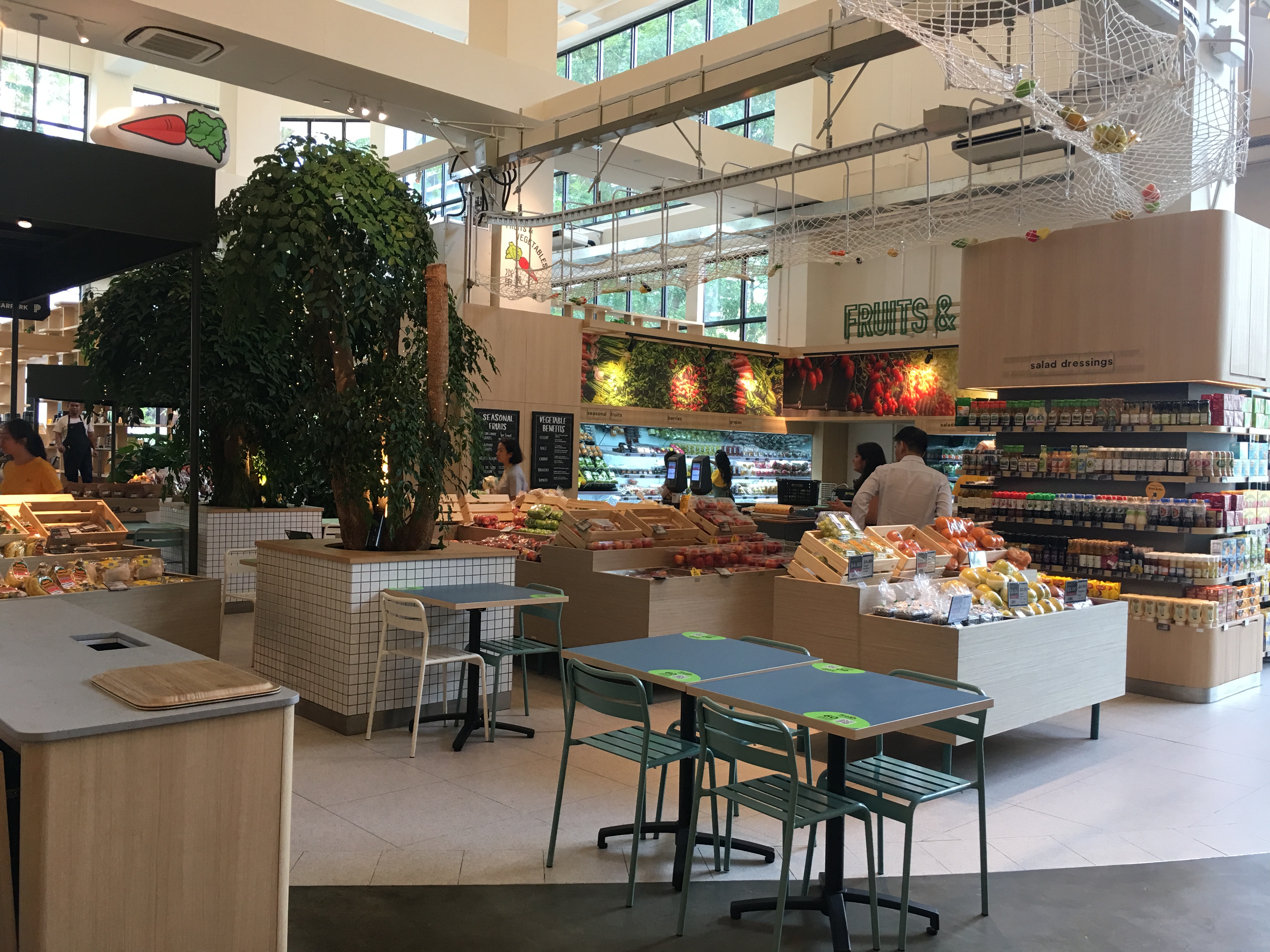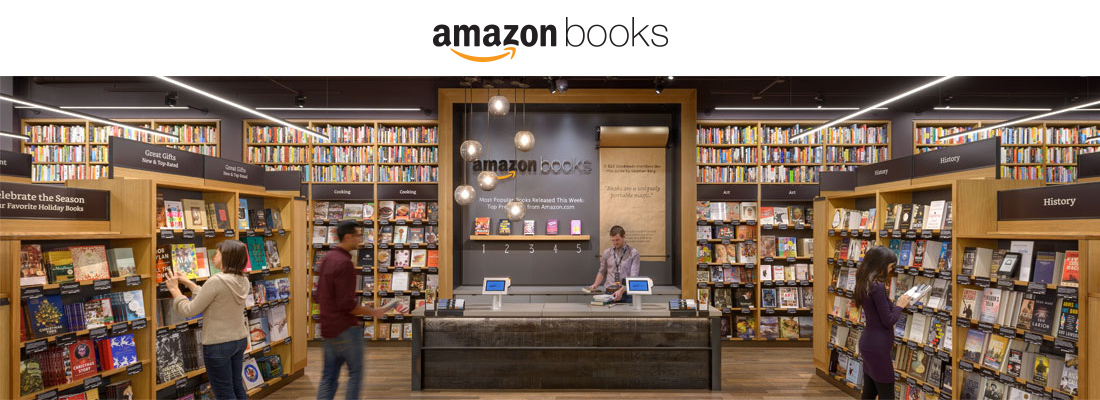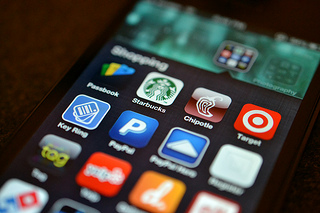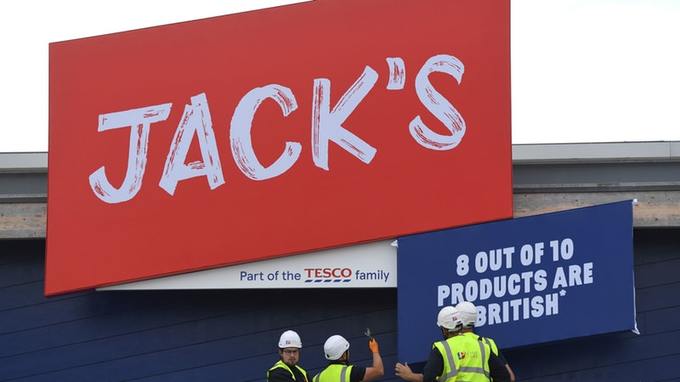 It is clear that operators of physical grocery stores are recognizing that they are in the midst of a war. Supermarkets and hypermarkets used to be the lions of the grocery jungle, but convenience stores, discounters and of course e-commerce are stealing shoppers at an alarming rate. This isn’t the death of physical grocery retail, but it does herald a massive transformation. Old players and new vie to win in this new world. Walmart has just announced 11 billion dollars’ worth of investment in its offline retail stores. Amazon has announced further expansion of their Amazon Go stores. Physical retail is a long way from dead, but it is clear that the grocery store of the future might not look the same as the stores we see around us today. So what might the future of grocery stores look like?
It is clear that operators of physical grocery stores are recognizing that they are in the midst of a war. Supermarkets and hypermarkets used to be the lions of the grocery jungle, but convenience stores, discounters and of course e-commerce are stealing shoppers at an alarming rate. This isn’t the death of physical grocery retail, but it does herald a massive transformation. Old players and new vie to win in this new world. Walmart has just announced 11 billion dollars’ worth of investment in its offline retail stores. Amazon has announced further expansion of their Amazon Go stores. Physical retail is a long way from dead, but it is clear that the grocery store of the future might not look the same as the stores we see around us today. So what might the future of grocery stores look like?
Shoppers are different – the biggest challenge for the future of grocery stores
 The challenge that many retailers face is that shoppers are looking for very different things from their grocery store. And those shoppers now have choices. Some shoppers still want to do their traditional weekly grocery shop. Some want to buy in smaller quantities. Many are spreading their grocery shopping over many more trips, picking some things from a discounter, some from a local store, and some online. Shoppers needs are fragmenting: yet retail stores work require large amounts of traffic to be commercially viable.
The challenge that many retailers face is that shoppers are looking for very different things from their grocery store. And those shoppers now have choices. Some shoppers still want to do their traditional weekly grocery shop. Some want to buy in smaller quantities. Many are spreading their grocery shopping over many more trips, picking some things from a discounter, some from a local store, and some online. Shoppers needs are fragmenting: yet retail stores work require large amounts of traffic to be commercially viable.
In Asia there are a whole number of retailers vying to create a better retail model. Alibaba and many other Chinese companies are creating new retail concepts, including staff-free stores (self-scanning and facial recognition). Recently I visited a new Habitat store in Singapore (operated by HonestBee), which challenges the norms of a grocery store. Its very similar to the Hema stores that Alibaba is testing in China, and both of these models seem to highlight how some non-traditional retailers are looking to redefine the grocery experience. I’m not for a second suggesting that HonestBee has got it right – or that there is a perfect recipe for the grocery store of the future, but I do think that there are a number of lessons that can be learned as we plan the future of grocery stores.
The grocery store of the future recognizes that not everyone wants to shop in the same way
New retail recognizes that not everyone wants to shop in the same way. Stores are no longer laid out as regimented rows of product, row upon row upon row. This grocery store is different. It has a clear central area and all the aisles seem to lead a away from there. Fresh is placed at the middle of the store creating a clear destination, and packaged grocery is pushed to the side. Traffic is encouraged to the center of the store, from where everything feels proximate. This store layout encourages exploration – everything is close by so it is very easy to get attracted (or distracted) by something nearby. It also means that whatever the shopper is looking for never feels far away. Whether the shopping mission calls for a big shop, or a small one, the shopper never feels like they have to trek around the whole store.
The grocery store of the future recognizes that consumers and shoppers don’t always want stuff in small packets
At its heart is a recognition that consumers want different things. Want to cook your steak yourself? No problem. Any supermarket serves that need. But want to choose your steak, and then have it prepared for you by a chef? Sure thing! And once it is cooked, you can then choose to eat it in the store, take it home, or even have it delivered. I love this: a recognition that not every consumer wants the same thing, and nor does every shopper. This store is designed for shopper experience, not retail efficiency.
The future of grocery stores – a grocery store isn’t just a grocery store
Building on the eat-in idea, and definitely a good move for the office crowd who filled the store I visited, it is also possible to order your eat-in food online in advance, so its ready for you when you arrive. Simple, but really effective if the crowds in the store are any indication.
This store serves multiple shopper missions in a pretty tight space. The lunch crowd can get a range of ready to eat foods for eat in or take away. Grocery shoppers can buy their usual groceries, then stop for a coffee while a chef perfectly cooks some fish for later. The office worker can pick up their groceries to drop in the car, or complete the shop and have the groceries delivered for later.
The future of grocery stores: reduce friction for shoppers
Behind the scenes technology is driving personalization and reducing friction. As with Amazon Go you scan the app as you enter the store, and then again when you leave. Not quite the Amazon Go experience (you still have to scan the product yourself), but still delivering the opportunity for personalized offers, and for a more rapid exit from the store.
The future of grocery stores: deliver a wide range in a small, convenient to shop location
F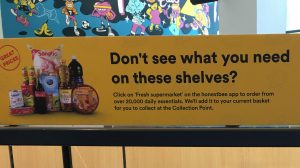 itting a wide range into a smaller, convenient-to-shop location is a challenge, but virtual shelves can help. Habitat holds a wider range on site, so items can be ordered from the app while you are in store, and they will be added to your order for delivery or to be taken home.
itting a wide range into a smaller, convenient-to-shop location is a challenge, but virtual shelves can help. Habitat holds a wider range on site, so items can be ordered from the app while you are in store, and they will be added to your order for delivery or to be taken home.
The future of grocery stores: a need to really understand its target shoppers
As consumers and shoppers change and become less homogenous, stores will need to be designed differently. I’m not for a second suggesting that HonestBee has got it right – or that there is a perfect recipe for the future of grocery stores, but I do think that there are a number of lessons that can be learned. Creating spaces which work for the local shoppers and creating spaces that deliver for multiple shopper missions meet the needs of today’s shoppers better than stores that are designed to meet one mission. Deliver that, and make it as frictionless as possible, and the store of the future is moving in the right direction. At its hear Habitat is a brave attempt to create a shopper-centric shopping experience that seems to deliver well for the shoppers in this locale. If you’d like to know more about what the latest shopper data can tell us about the future of grocery stores, get in touch – book me to come and speak to your next meeting, or work with your team to consider the implications for your business.
